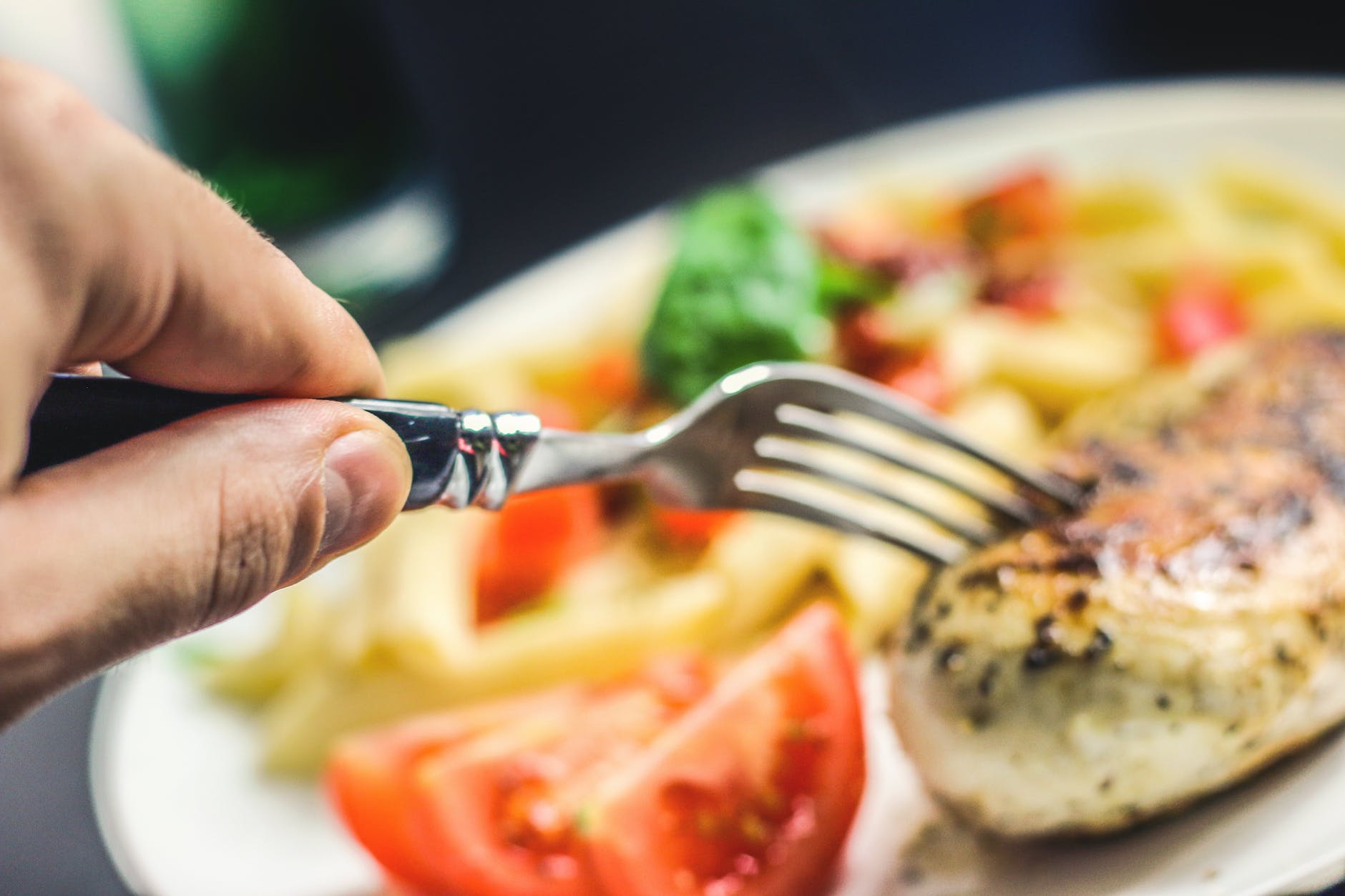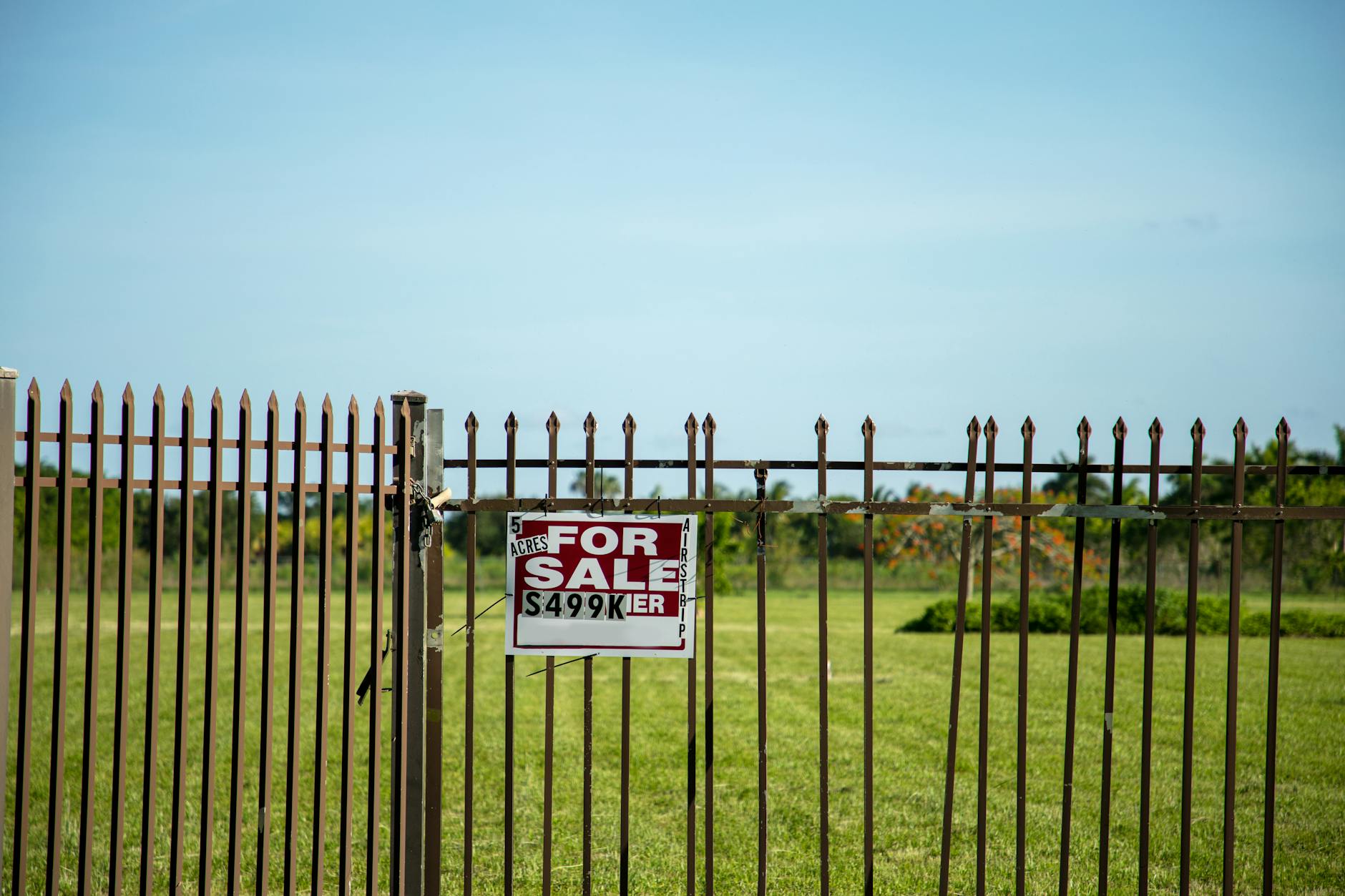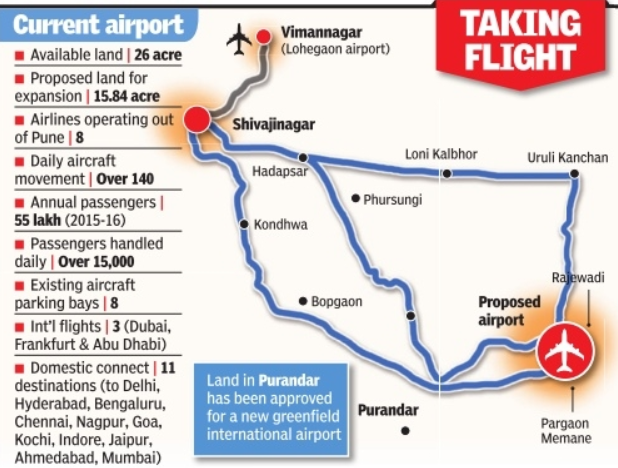In a world where food safety is a top priority, technology is playing a crucial role in ensuring transparency and traceability in the food supply chain. With advancements like blockchain, IoT, and QR codes, consumers can now have greater confidence in the journey their food takes from the field to their forks. So, let’s dive into the fascinating world of food traceability and explore how technology is revolutionizing the way we know and trust the food we consume.
The Power of Blockchain: Securing the Food Supply Chain

Blockchain technology is not just for cryptocurrencies—it’s transforming the food industry too! With blockchain, every step in the food supply chain is recorded in a decentralized and immutable ledger. This means that information about the origin, quality, and safety of food products can be securely stored and easily accessed by consumers and stakeholders. From the farm where the food is grown to the store where it’s sold, blockchain ensures transparency and accountability, reducing the risk of fraud and contamination. So, the next time you bite into that juicy apple, you can trust that its journey has been securely recorded on the blockchain.
QR Codes: Scanning for Safety and Information
We’re all familiar with those square-shaped QR codes that seem to be popping up everywhere. Well, they’re not just for promotions and advertisements—they’re a powerful tool for food traceability too! By simply scanning a QR code on a product’s packaging or label, consumers can instantly access a wealth of information about the food they’re about to consume. From the farm it came from to the testing and certification processes it went through, QR codes provide a convenient and reliable way to ensure food safety and make informed choices. So, grab your phone, scan that code, and get ready to uncover the story behind your meal!
IoT: Connecting the Dots in the Food Supply Chain
The Internet of Things (IoT) is revolutionizing the way we interact with everyday objects, and the food supply chain is no exception. With IoT devices like sensors and trackers, every step of a food product’s journey can be monitored in real-time. Temperature sensors ensure that perishable goods are stored at the right conditions, while GPS trackers enable precise location tracking during transportation. These IoT devices provide valuable data that helps identify potential issues, such as temperature deviations or delays in delivery, ensuring that food remains safe and fresh. So, thanks to IoT, the days of mystery in the food supply chain are long gone!
Click here to learn more about IOT
Case Studies: How Technology is Ensuring Food Safety
Let’s take a closer look at some real-world examples of how technology is ensuring food safety and traceability.
- Farm-to-Table Transparency: Imagine dining at a restaurant where you can scan a QR code on your plate and instantly see the farm where the ingredients were sourced. This is exactly what some innovative establishments are offering, using blockchain and QR codes to provide customers with transparency and confidence in the origin and quality of their meals.
- Tracking Seafood Sustainability: With the help of blockchain and IoT, the seafood industry is tackling the issue of illegal fishing and unsustainable practices. By recording information about each catch, including location, species, and fishing methods, consumers can make informed choices and support sustainable seafood options. Technology is helping to protect our oceans and preserve seafood for future generations.
- Authenticating Organic Produce: Organic certification is a vital aspect of the food industry, and technology is making it easier to verify the authenticity of organic products. Blockchain can store information about the organic certification process, ensuring that consumers can trust the claims made by organic food producers. This helps maintain the integrity of the organic food market and supports sustainable farming practices.
The Impact of Traceability: Boosting Food Safety, Consumer Trust, and Sustainability
From field to fork, traceability is making a big impact on the world of food. It’s not just about knowing where your food comes from; it’s about ensuring food safety, building consumer trust, and promoting sustainability. Let’s take a closer look at how traceability is revolutionizing the way we think about our food and why it matters more than ever.
Enhancing Food Safety: The Ultimate Priority
When it comes to the food we eat, safety should always be the number one concern. Traceability plays a crucial role in ensuring that the food supply chain is secure and reliable. By tracking every step of a food product’s journey, from the farm to the store shelves, we can identify potential risks and quickly respond to any safety concerns. With traceability, we can pinpoint the source of contamination, recall affected products, and prevent the spread of foodborne illnesses. So, the next time you’re enjoying a delicious meal, remember that traceability is working behind the scenes to keep you safe.
Building Consumer Trust: Know Your Food
In a world where food fraud and mislabeling are unfortunately common, consumers are demanding more transparency. They want to know exactly what they’re putting on their plates. Traceability provides the tools for consumers to gain a deeper understanding of their food. By simply scanning a QR code or accessing an online platform, they can access information about the product’s origin, production methods, and quality certifications. This knowledge empowers consumers to make informed choices and support businesses that prioritize food safety and sustainability. With traceability, trust in the food we consume is no longer a mystery but a reality.
Promoting Sustainability: Doing Good for the Planet
Sustainability is not just a buzzword—it’s a crucial aspect of our food system. Traceability helps us make more sustainable choices by providing information about a product’s environmental impact. From knowing the carbon footprint of a food item to understanding its packaging materials, traceability allows us to choose products that align with our values. It enables us to support farmers and producers who prioritize sustainable practices, reducing waste, and preserving natural resources. With traceability, we can be conscious consumers and contribute to a more sustainable future, one bite at a time.
Case Studies: Real-Life Examples of Traceability in Action
Let’s explore some inspiring examples of how traceability is making a real difference in the world of food safety, consumer trust, and sustainability.
- Transparent Coffee: Imagine sipping your morning brew, knowing that it was ethically sourced and sustainably produced. Traceability systems are revolutionizing the coffee industry, enabling consumers to trace their beans’ journey from the coffee farm to their cup. With this information, coffee lovers can support fair trade practices, support local communities, and enjoy a guilt-free caffeine boost.
- Organic Farming Assurance: For those seeking organic produce, traceability is a game-changer. By providing detailed information about the organic certification process, consumers can trust that the food they purchase meets the highest standards. This promotes organic farming practices, protects the environment from harmful pesticides, and supports the well-being of farmers and their communities.
- Responsible Seafood Choices: With traceability, the seafood industry is becoming more sustainable and transparent. By tracking the origins and fishing methods of seafood products, consumers can make informed choices and support sustainable fisheries. This helps protect marine ecosystems, prevent overfishing, and preserve the diversity of our oceans.
Insight into Innovative Tools: Empowering Farmers and Consumers Alike

From field to fork, innovative tools and platforms are revolutionizing the way farmers produce and consumers access their food. These advancements not only make the journey more efficient but also empower both ends of the food spectrum. Let’s dive into the world of technology and discover how it’s shaping the future of our food system.
Farm Management Apps: Cultivating Success
Gone are the days of pen and paper for farmers. Today, farm management apps are the digital assistants that help them streamline their operations and maximize efficiency. These apps provide a range of features, from crop planning and inventory management to weather forecasting and pest control. By harnessing the power of technology, farmers can make data-driven decisions, optimize resource allocation, and ensure food safety from seed to harvest. So, next time you enjoy a juicy tomato, know that it was grown with the help of cutting-edge technology.
Online Farmers’ Markets: Bringing the Farm to You
Who doesn’t love the convenience of online shopping? Well, the same concept applies to farmers’ markets. Online platforms are connecting farmers directly with consumers, eliminating the middleman and ensuring that fresh, locally produced food reaches your doorstep. With just a few clicks, you can browse through a variety of products, support local farmers, and enjoy the peace of mind that comes with knowing exactly where your food comes from. It’s like having a virtual farmers’ market at your fingertips, promoting food safety while supporting small-scale agriculture.
Food-Sharing Apps: Share the Bounty
Ever had a surplus of fruits or vegetables from your garden and wished you could share them with others? Food-sharing apps make it possible. These innovative platforms allow individuals and communities to connect, exchange, and redistribute surplus food. Whether you have excess produce or you’re in need of some fresh ingredients, these apps create a win-win situation for everyone involved. They reduce food waste, promote sustainability, and foster a sense of community. So, instead of letting your extra zucchinis go to waste, share the bounty and spread the joy of good food.
From tech-savvy farmers to hungry consumers, these tools and platforms are leveling the playing field and transforming the way we interact with our food. They empower farmers to work smarter, not harder, and enable consumers to make informed choices. So, embrace the power of technology and join the food revolution.
Case Studies: Innovative Tools in Action
Let’s take a closer look at some real-life examples of how these innovative tools and platforms are empowering farmers and consumers alike:
- HarvestYield: This farm management app helps farmers optimize their operations by providing real-time data on soil health, crop yields, and weather conditions. By utilizing this app, farmers can make data-driven decisions to enhance productivity and ensure food safety throughout the farming process.
- FarmDrop: This online farmers’ market platform connects local farmers with consumers, offering a wide range of fresh, seasonal produce and other farm products. With FarmDrop, consumers have the convenience of shopping from home while supporting local agriculture and enjoying the freshest ingredients.
- Olio: The Olio app allows individuals and businesses to share surplus food with their communities instead of letting it go to waste. By connecting people with excess food to those in need, Olio is tackling food waste and promoting sustainability, all while fostering a sense of community and generosity.
Fun Facts About the Journey of Food from Farm to Table
The journey of food from the farm to your table is filled with fascinating tidbits and surprises. Let’s uncover some fun facts that will not only entertain you but also give you a deeper appreciation for the incredible process that brings food to your plate. So, grab a snack and get ready to discover the hidden wonders of the From Field to Fork journey!
The World’s Largest Pizza
Did you know that the world’s largest pizza was made in Rome, Italy? It measured a whopping 13,580.28 square feet, breaking the previous record set in South Africa. Imagine the amount of dough, sauce, and cheese needed to create this gargantuan pizza pie! While it may not be your typical farm-to-table meal, it’s a fun reminder of the global love for food and the diverse culinary creations that exist around the world.
The Secret Life of Bees
Bees play a crucial role in food production by pollinating crops. Did you know that a single honeybee can visit up to 5,000 flowers in a single day? These busy little insects work tirelessly, collecting nectar and pollen as they go, helping to fertilize plants and ensure their growth. So, the next time you enjoy a sweet, juicy fruit, remember to thank our buzzing friends for their important role in the From Field to Fork journey.
The Mighty Avocado
Ah, the avocado, a beloved fruit (yes, it’s a fruit!) that has taken the culinary world by storm. Did you know that avocados were originally called “alligator pears” due to their bumpy skin and pear-like shape? It’s quite the transformation from reptilian associations to the smooth and creamy sensation we know today. Avocados are not only delicious but also packed with healthy fats and nutrients, making them a fantastic addition to any farm-to-table feast.
The Perilous Journey of the Banana
Bananas, a popular snack enjoyed by people of all ages, have quite the journey to reach your table. These tropical fruits are picked when they are still green and hard, as they ripen quickly during transportation. To ensure that the bananas arrive at their destination in perfect condition, they are carefully packed and transported in temperature-controlled containers. It’s a delicate process, but worth it for that perfectly ripe and delicious banana waiting for you.
The Extraordinary Egg
Eggs are a versatile and essential ingredient in countless dishes, but did you know that eggs can actually float in water? Yes, it’s true! Fresh eggs have a small air cell inside the shell, which expands as the egg ages. This air cell creates buoyancy, allowing the egg to float in water. So, if you’re ever unsure about the freshness of an egg, give it a water test and see if it floats or sinks. It’s an egg-citing experiment you can try at home!
The Enchanting Chocolate Journey
Who can resist the allure of chocolate? From cocoa bean to chocolate bar, this indulgent treat has a fascinating journey. The cacao tree, native to the tropical regions of the Americas, produces pods filled with cocoa beans. These beans are fermented, dried, roasted, and ground to create cocoa powder, which is then transformed into chocolate. The process is a true labor of love, resulting in the velvety goodness we savor. So, the next time you enjoy a piece of chocolate, remember the incredible transformation it underwent to bring joy to your taste buds.
These fun facts are just a taste of the amazing stories behind the journey of food from farm to table. From record-breaking pizzas to hardworking bees and floating eggs, the world of food never ceases to surprise and delight us. So, as you sit down for your next meal, take a moment to appreciate the remarkable chain of events that led to that delicious dish in front of you. After all, food is not only sustenance but also a celebration of nature’s bounty and the human ingenuity that brings it to our plates.



